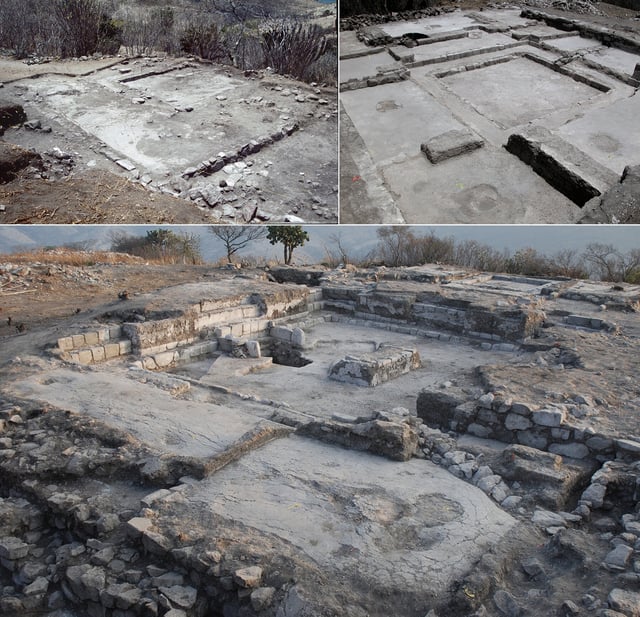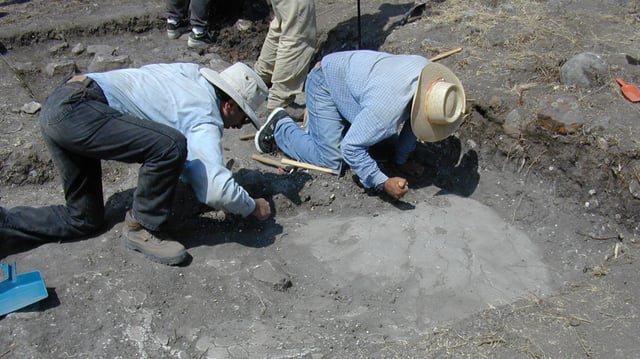Overview
- The Field Museum study, published in PNAS on April 14, 2025, analyzed data from over 50,000 houses across 1,000 archaeological sites and six continents.
- Findings challenge the long-held belief that larger, more complex societies inevitably lead to greater economic inequality.
- Researchers used house size and decorative features as indicators of wealth, applying the Gini coefficient to measure inequality across time and regions.
- The study highlights that human agency, governance, and institutional design have historically played critical roles in moderating economic disparities.
- Results show significant variability in inequality trends across different societies, suggesting no universal or linear pattern over 10,000 years.


